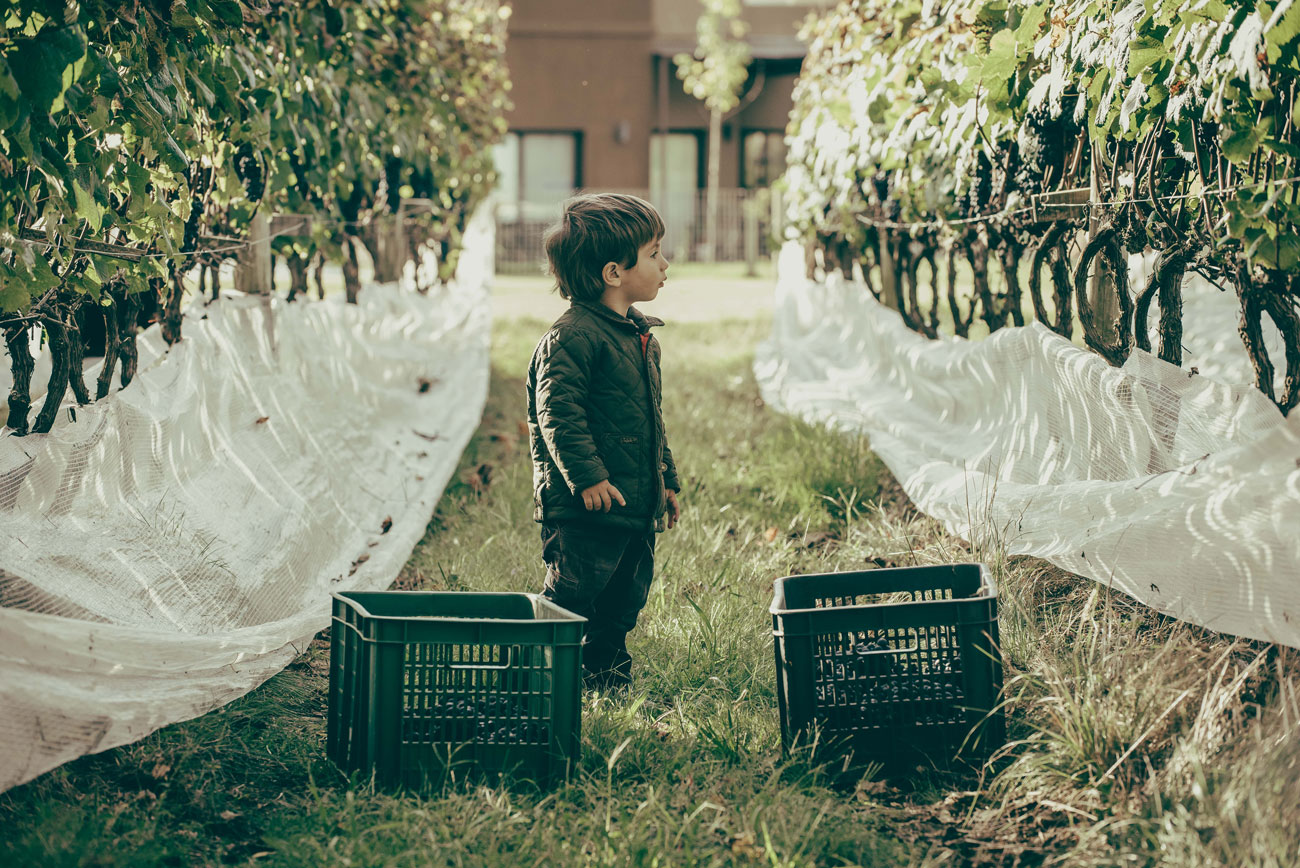Harvest Report
2010
From mid-February until the end of the harvest, there was virtually no rainfall, a factor that greatly enhanced the quality of certain varieties such as Tannat, Petit Verdot, and Marselan. The grapes achieved full seed ripeness and an exceptional balance of concentration and elegance.

At the end of the 2009 harvest, the vineyard showed low vigor caused by the drought that had set in during the spring of 2008. Rainfall during autumn and winter 2009 returned to normal levels, and, combined with a precise fertilization and crop management plan, restored a healthy vegetative balance. Budburst occurred about seven days later than usual, with rainfall similar to the twenty-year average—four times higher than the previous year. During flowering, precipitation was 40% above average, further strengthening vegetative recovery. Fruit set was excellent across most varieties, and final berry size reached normal averages.
Throughout berry development, water availability remained above average, except in December, when rainfall was 35% below normal. Despite the overall humidity, vine health remained very good. Ripening began around ten days later than usual and progressed slowly, both in acid reduction and in the accumulation of sugars and polyphenols. This only extended the harvest period, as full ripeness was ultimately achieved. Temperatures—minimum, average, and maximum—were consistent with long-term norms. Harvest began on February 8 with Sauvignon Blanc and ended much later than usual, on April 9, with Tannat and Merlot destined for our Cru d’Exception wines.
From mid-February until the end of harvest, rainfall was virtually absent, significantly enhancing quality—particularly for Tannat, Petit Verdot, and Marselan. The grapes achieved full seed maturity and an exceptional balance of concentration and elegance. The final balance was outstanding: beyond the remarkable quality obtained, we achieved a historic record with a total production of 4,031 tons of grapes.
